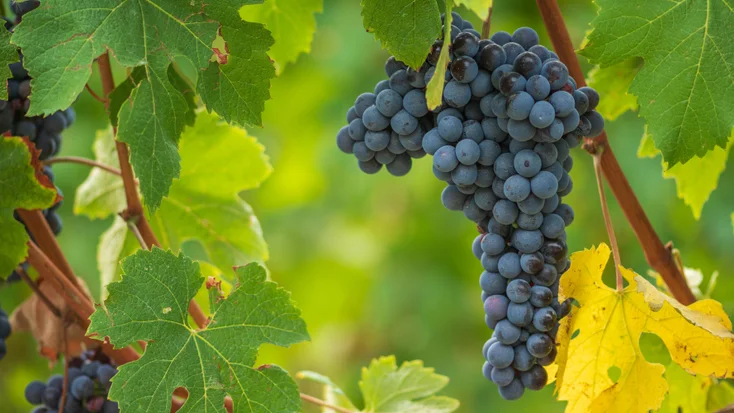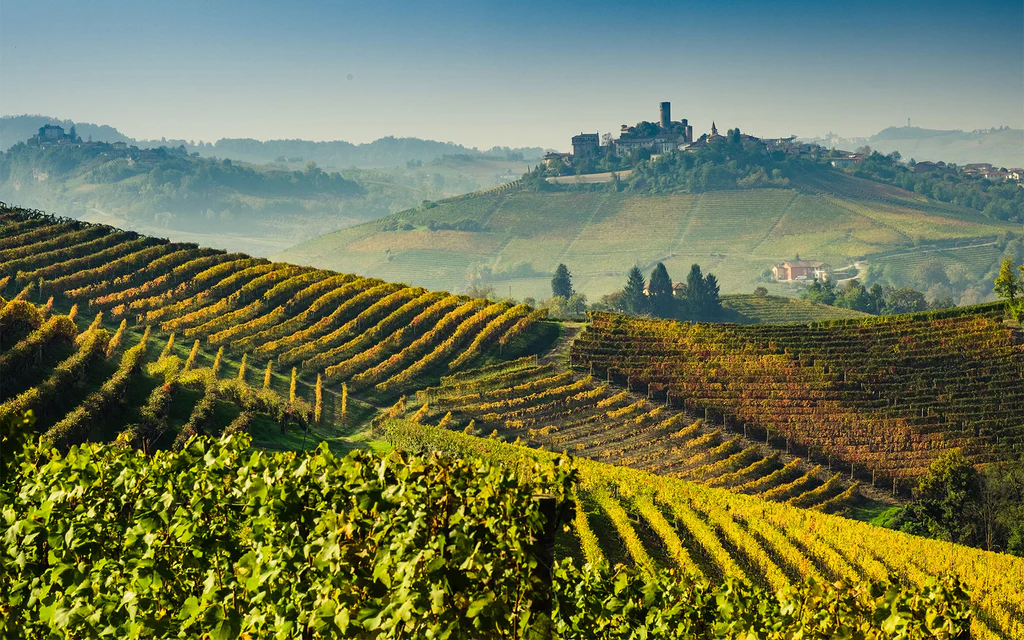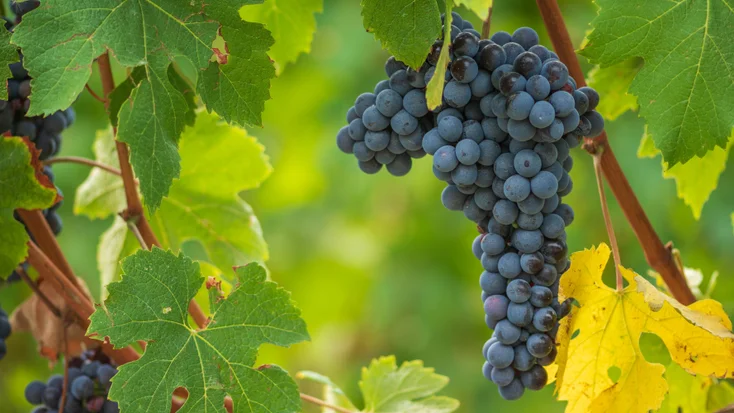
When it comes to wine, few varieties boast the prestige and complexity of Nebbiolo. Hailing from the iconic wine regions of Piedmont in northwestern Italy, Nebbiolo is often regarded as the “king” of Italian grapes. It is the soul of renowned wines like Barolo and Barbaresco, both of which have earned their place among the finest wines in the world.
Origins and Terroir

Nebbiolo’s roots trace back to the rugged hills of Piedmont, an area known for its steep slopes, clay and limestone-rich soils, and a climate that strikes a delicate balance between sun and mist. The grape’s name is thought to derive from the Italian word nebbia, meaning “fog,” due to the morning mists that often envelop the vineyards during harvest time. This fog is a significant part of the region’s terroir, influencing the grape’s development and helping to create the distinctive characteristics of Nebbiolo wines.
Nebbiolo thrives in well-drained soils, which encourage the vines to grow deep roots. It is a late-ripening variety, often harvested in October when the weather is cooler, which allows for the slow development of the grape’s complex flavours. These traits make Nebbiolo a challenging variety to cultivate, but one that rewards the winemaker with incredible depth and structure.
What Makes Nebbiolo Unique
Nebbiolo is not for the faint of heart. This grape variety produces wines that are powerful, tannic, and age-worthy, with a bouquet of aromas and flavours that evolve over time. Its hallmark characteristics include:
Aromas
Nebbiolo wines often present a captivating nose of roses, cherries, and dried herbs, along with earthy undertones of tobacco, truffles, and leather. These complex aromas are one of the reasons why Nebbiolo wines are so beloved by collectors.
FLAvours
On the palate, Nebbiolo is typically medium to full-bodied, with flavours of red berries like cherry and raspberry, along with an earthy, slightly savory character. The tannins are firm and can be quite astringent in youth, but they mellow with age, revealing the wine’s true elegance.
acidity
The grape has naturally high acidity, which provides a backbone to its flavours and helps to preserve the wine over time. This makes Nebbiolo an excellent candidate for aging, as it allows the wine to evolve and develop more nuanced layers as the years pass.
ageing potential
Nebbiolo wines, particularly those from Barolo and Barbaresco, can age for decades. Over time, they become softer and more approachable, with secondary notes of dried fruit, tobacco, and even leather becoming more pronounced. This aging potential is one of the reasons why collectors seek out wines made from this grape.
nebbiolo’s home

While Nebbiolo is grown in other regions, it truly shines in its native Piedmont, particularly in the famed Barolo and Barbaresco appellations. These two regions are the heart of Nebbiolo winemaking and are where the most prestigious expressions of the grape are found.
barolo
Often referred to as the “King of Wines,” Barolo is a Nebbiolo-based wine known for its bold structure and aging potential. Barolo wines are typically made from the Nebbiolo grape grown in vineyards located on the steep, south-facing slopes of the Langhe Hills. These wines are rich in tannins, making them formidable in their youth but capable of aging gracefully for decades. Barolo is often considered the most prestigious Nebbiolo wine, and its wines can develop complex flavours of dried fruit, spice, and earthy notes with time.
barbaresco
Located just to the northeast of Barolo, Barbaresco is another region where Nebbiolo flourishes. While Barbaresco wines tend to be slightly more approachable in their youth compared to Barolo, they are equally renowned for their complexity and depth. Barbaresco has a slightly more moderate climate, and the wines from this area are often a touch softer and more elegant, with vibrant red fruit flavours and a more subtle structure than those of Barolo.
nebbiolo outside of piedmont
Although Nebbiolo is most famous for its expression in Piedmont, it is also being successfully grown in other regions. In Australia, the grape is gaining attention, particularly in the cool-climate regions of Victoria and the King Valley, where it is producing wines that reflect the variety’s hallmark aromas and tannin structure. Similarly, California’s Sonoma County has seen some success with Nebbiolo, though it remains a relatively niche variety in these regions.
food pairing with nebbiolo
Nebbiolo’s bold tannins and high acidity make it an excellent wine for food pairings, especially with rich, flavourful dishes. Traditional pairings include:
Truffle-based dishes: Nebbiolo’s earthy notes and tannic structure make it a natural companion for truffles, whether shaved over pasta or used in a rich risotto.
Red meats: Whether it’s a hearty roast, a rich beef stew, or a grilled steak, the robust nature of Nebbiolo stands up well to meaty dishes, especially those with a bit of char.
Aged cheeses: Hard cheeses like Parmigiano-Reggiano or aged Pecorino are a perfect match for Nebbiolo, as their salty, savoury flavours complement the wine’s acidity and tannins.
Mushrooms: The earthy flavours in both Nebbiolo and mushrooms create a harmonious pairing, especially in dishes like mushroom risotto or pasta with wild mushrooms.
EXPERIENCE NEBBIOLO
Nebbiolo isn’t just a wine; it’s an experience—a deep dive into the nuances of nature, time, and craftsmanship. Whether you’re opening a bottle of Barolo, savouring a glass of Barbaresco, or exploring the variety outside its native Piedmont, tasting Nebbiolo is akin to stepping into a world of rich tradition, layered flavors, and intricate beauty.

